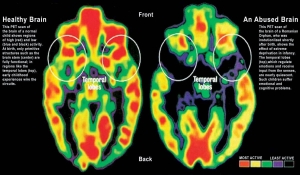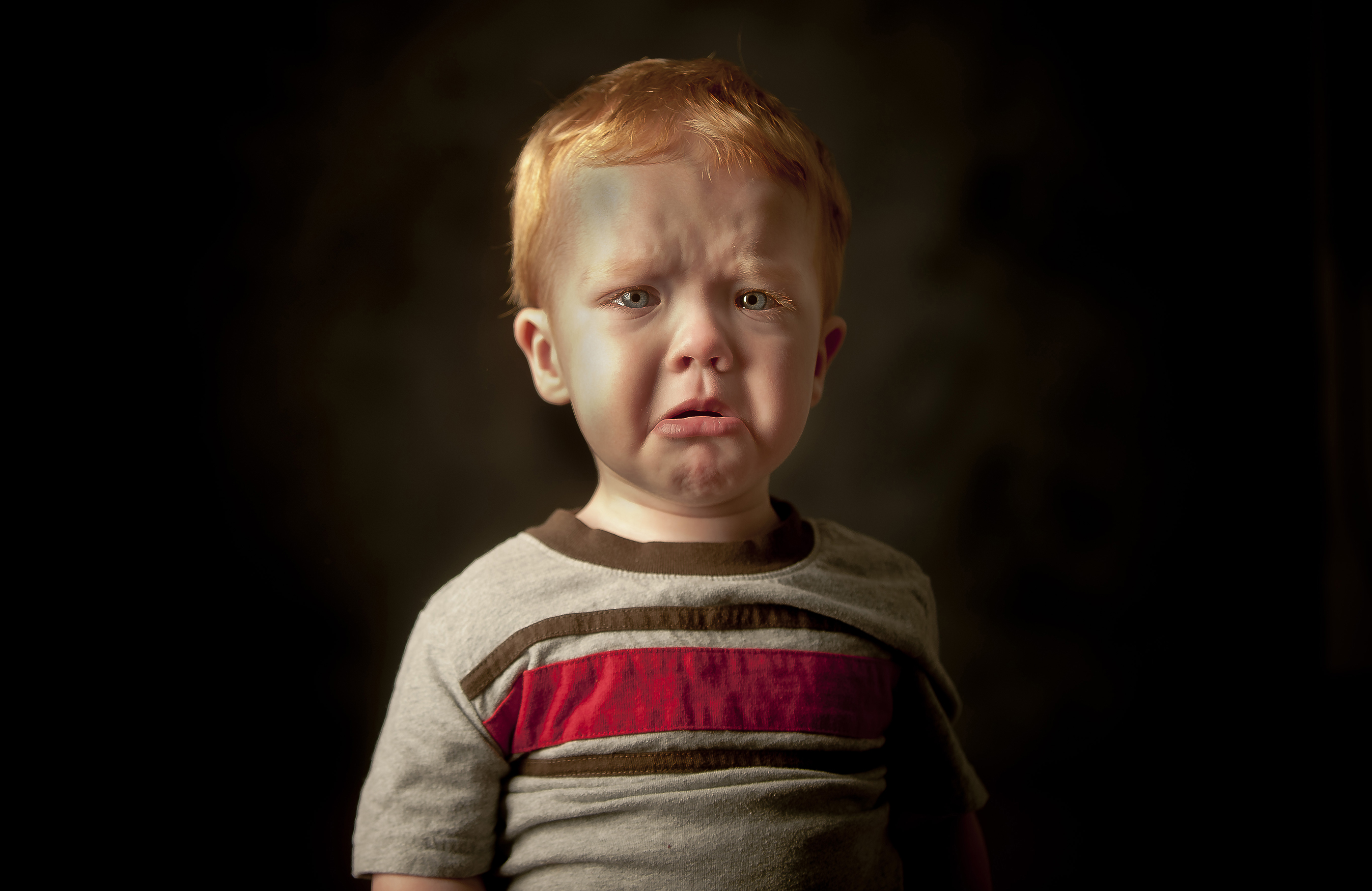According to the NSPCC neglect is the ‘most common’ form of child abuse. Neglect is the ongoing failure to meet a child’s basic needs.
- A child may be left hungry or dirty.
- They may not receive adequate clothing, shelter or supervision,
- They may not receive sufficient medical or health care.
- A child may be put in danger or not protected from physical or emotional harm.
- They may not get the love, care and attention they need from their parents.
- A child who’s neglected will often suffer from other abuse as well, such as physical, emotional or sexual abuse.
Neglect is dangerous and can cause serious, physical and emotional damage that can follow a child into their teenager years and even into adulthood. There have been cases where neglect has even caused death.
NSPCC have published some statistics, and it’s quite disturbing at how prevalent neglect is:
- 1 in 10 children have experienced neglect.
- Over 26,000 children were identified as needing protection from neglect in 2016.
- Neglect is the most common reason for taking child protection action.
- 33% of contacts to the NSPCC’s helpline were concerns about neglect.
- The NSPCC’s helpline responded to over 19,000 contacts about neglect in 2016/17.
- 42% of the concerns that the NSPCC’s helpline referred to police or children’s services related to neglect.
- Neglect is a factor in 60% of serious case reviews.
 Signs and Indications of Neglect
Signs and Indications of Neglect
Neglect can mean a number of things; it can be anything from leaving a child unsupervised consistently so they end up accidently hurting themselves, to the very worst case scenario where a child dies from malnutrition or from being denied the care they need. In some cases it has caused permanent disabilities.
Many professionals state that neglect can be difficult to identify, which can, in turn make it difficult for professionals to step in take and action to safeguard and protect the child.
Below are some signs and indicators that suggest a child is being neglected. Having one sign does not necessarily mean that the child is suffering from neglect. However, if there is an indication of multiple signs or some symptoms that persistently keep occurring then it could be an indication that there’s a problem.
Children who are neglected may have poor appearance and hygiene. They may:
- Be smelly or dirty.
- Have unwashed clothes.
- Have inadequate clothing, like not being dressed warmly in cold weather.
- Seem hungry when they come to school; i.e come to school without having breakfast or eat lots of food when they are offered it – indicating that they don’t have any eating issues.
- Turn up with no lunch money.
- Have frequent and untreated nappy rash – in infants.
Health and developments problems can also be caused by neglectful behaviour. You may notice that children have:
- Untreated injuries, medical and dental problems.
- Recurring accidental injuries caused by lack of supervision.
- Not been giving appropriate medicines.
- Missed several medical appointments such as vaccinations.
- Poor muscle tone or prominent joints.
- Skin sores, rashes, or flea bites.
- Thin or swollen tummy.
- Persistent tiredness.
- Faltering weight or growth – this is known as failure to thrive.
- Poor language or communication skills, or they might not be reaching their developmental milestones.
Housing and family issues can also cause situations where a child can be neglected. Children may be living in an unsuitable environment, such as:
- Living in a house with no heating; pet mess not been cleaned up.
- Being left alone for long periods of time.
- Taking on the role of the carer for other family members.
Like we specified, any one of these indications will not constitute as child neglect. Parenting is hard enough, and everyone can have days where they’ve not found the time (or your child is being just too difficult) to get them in the bath; it’s easy to miss vaccinations, even with the reminder texts, I turned up for one of my child’s vaccinations two hours late – I had misread the time. It’s when there is consistent evidence that many of these signs are there, then professionals have a duty of care to act on it.
 The impact of neglect
The impact of neglect
Neglect can have a powerful impact; the image on the left shows the physical impact neglect and abuse can have on a child’s brain. It can affect their behaviours, their belief system and their ability to trust others. Children who don’t get the love and care they need from their parents may find it difficult to maintain healthy relationships with other people later in life, including their own children.
Effects on brain development
During the first years of child’s life, the child is still developing neural pathways. Scientists say that when a child is born, only the primitive structures such as the brain stem are functional; in regions like the temporal lobes, early childhood experiences are key to their development. That is why neglect can be so damaging.
If a baby is malnourished, neural cells can become weak or damaged and this can cause lowered brain function.
If a child has an insecure attachment, a poor relationship, or little interaction with their primary caregiver, then it can affect how their brain develops emotional and verbal pathways.
Neglect can severely alter the way a child’s brain works. This can lead to an increased risk of depression in later life as well as dissociative disorders and memory impairments. Changes to the brain caused by neglect have also been linked to panic disorder, posttraumatic stress disorder (PTSD) and attention deficit and hyperactivity disorder (ADHD).
(Child Welfare Information Gateway, 2009)
 Effects on relationships and attachment
Effects on relationships and attachment
A parent’s behaviour has a tremendous impact on the child; through our reactions and consistent responses to our child’s needs, our children learn that we are always there for them, and this will make them more confident to explore the things around them, knowing that they can come back to us when they feel scared, or in need of comfort. This is known as a secure attachment; we become our child’s safe place, a secure base for them to keep coming back to.
Alternatively, if we respond to our child’s needs some of the time, and leave them to cry (for whatever reason) the rest of time, then the child will learn that you are not always there, he will then either learn behaviours that will get him the attention he needs from you, or become self-sufficient and self-soothing, so that he doesn’t need you to tend to his needs.
In both secure and insecure attachment (there are other types of attachment disorders, which we will publish at a later date) the behaviours the child learns will be the behaviours and beliefs he carries with him into his adult years. This can impact his relationships, personal and professional, and even have an impact on the relationships he has with his own children. We will be publishing a blog dedicated to ‘Attachment,’ soon, so there will more information in that.
NSPCC state that children who have been neglected are more likely to experience mental health problems including depression and anxiety. They say that young people may also take risks, such as running away from home, breaking the law, abusing drugs or alcohol, or getting involved in dangerous relationships – putting them at risk from sexual exploitation.
If you want to talk to someone regarding the issues raised in this blog, please contact us. We are offering a free two week trial for online counselling.


Leave a Reply